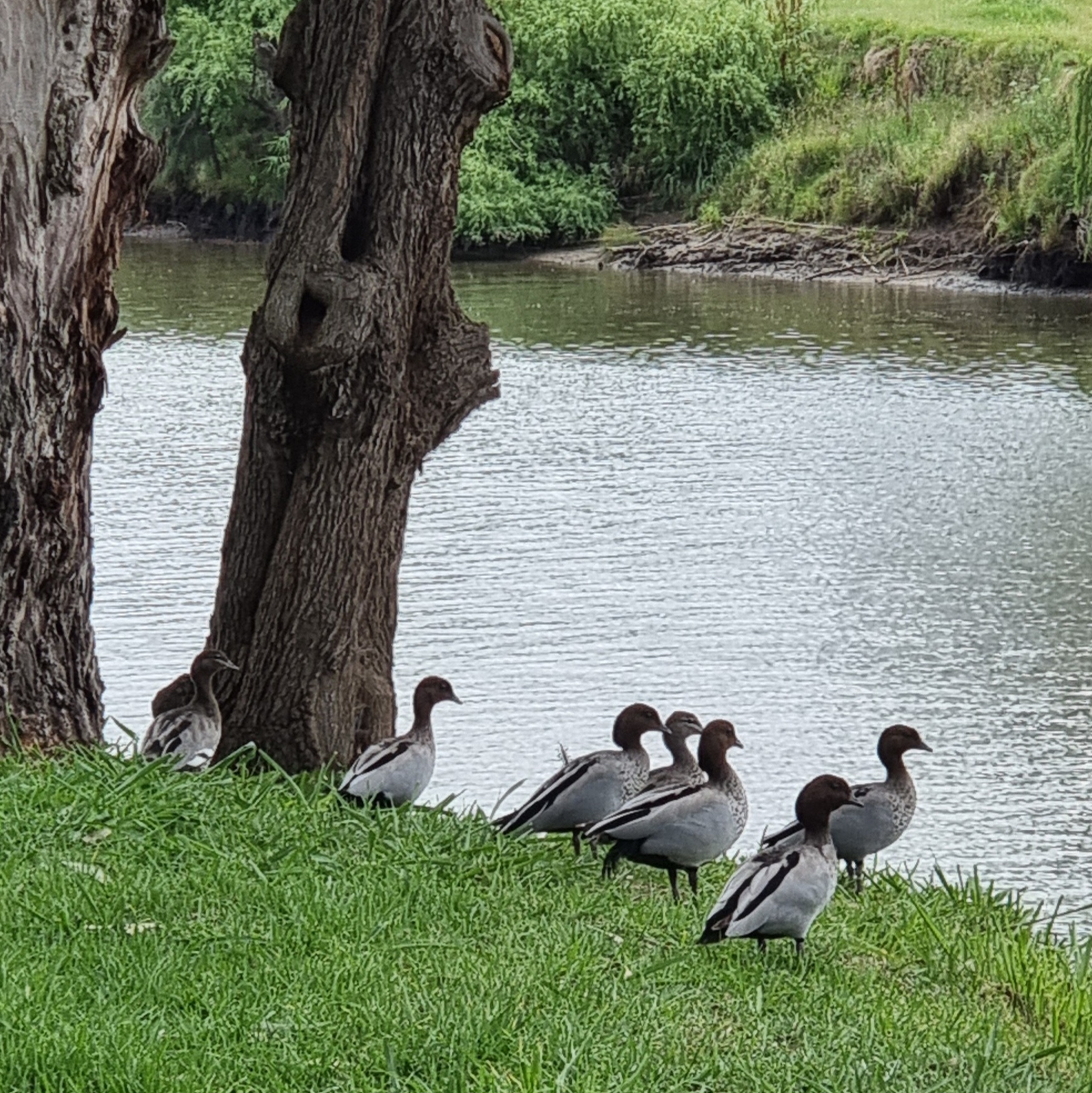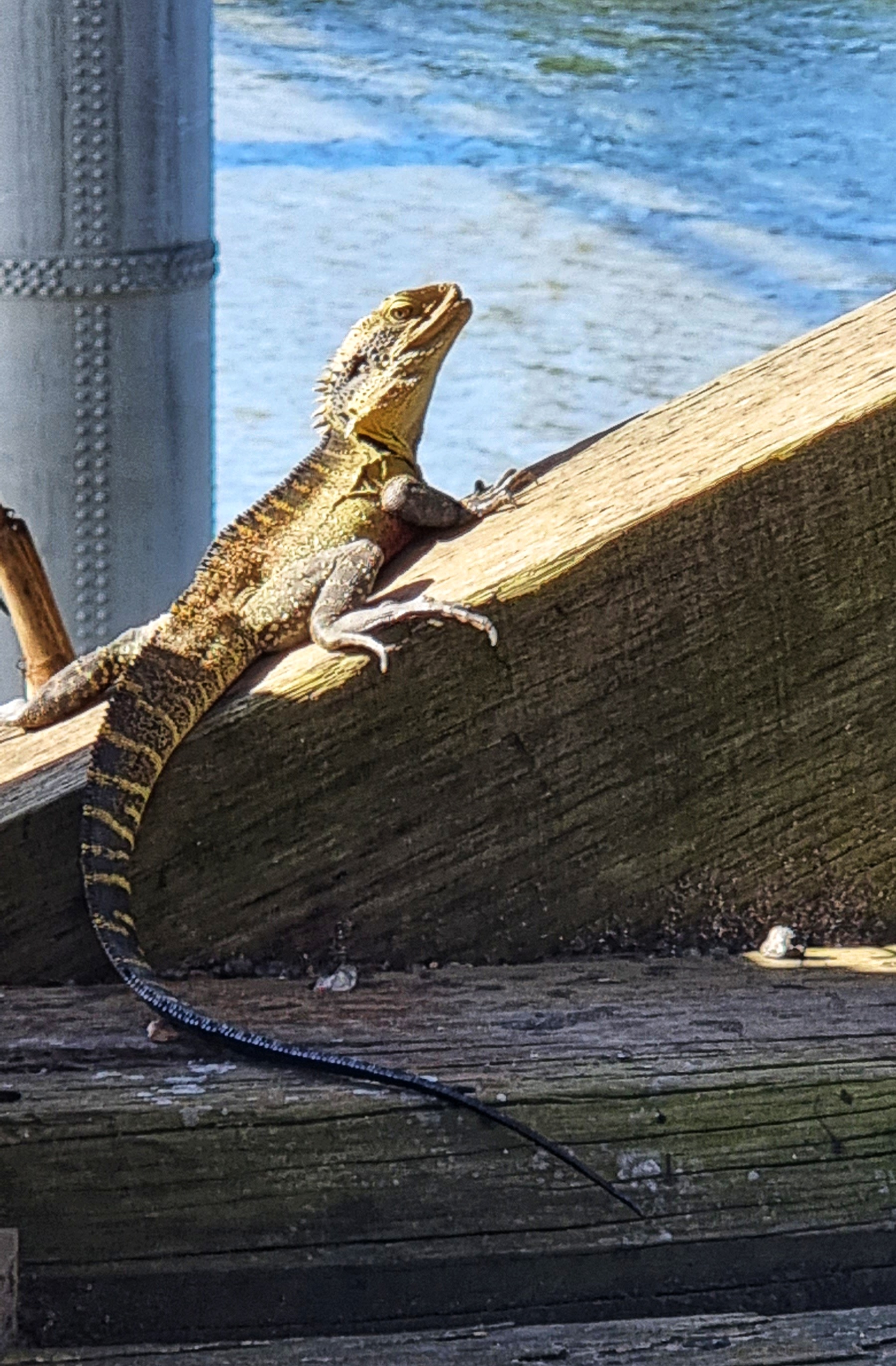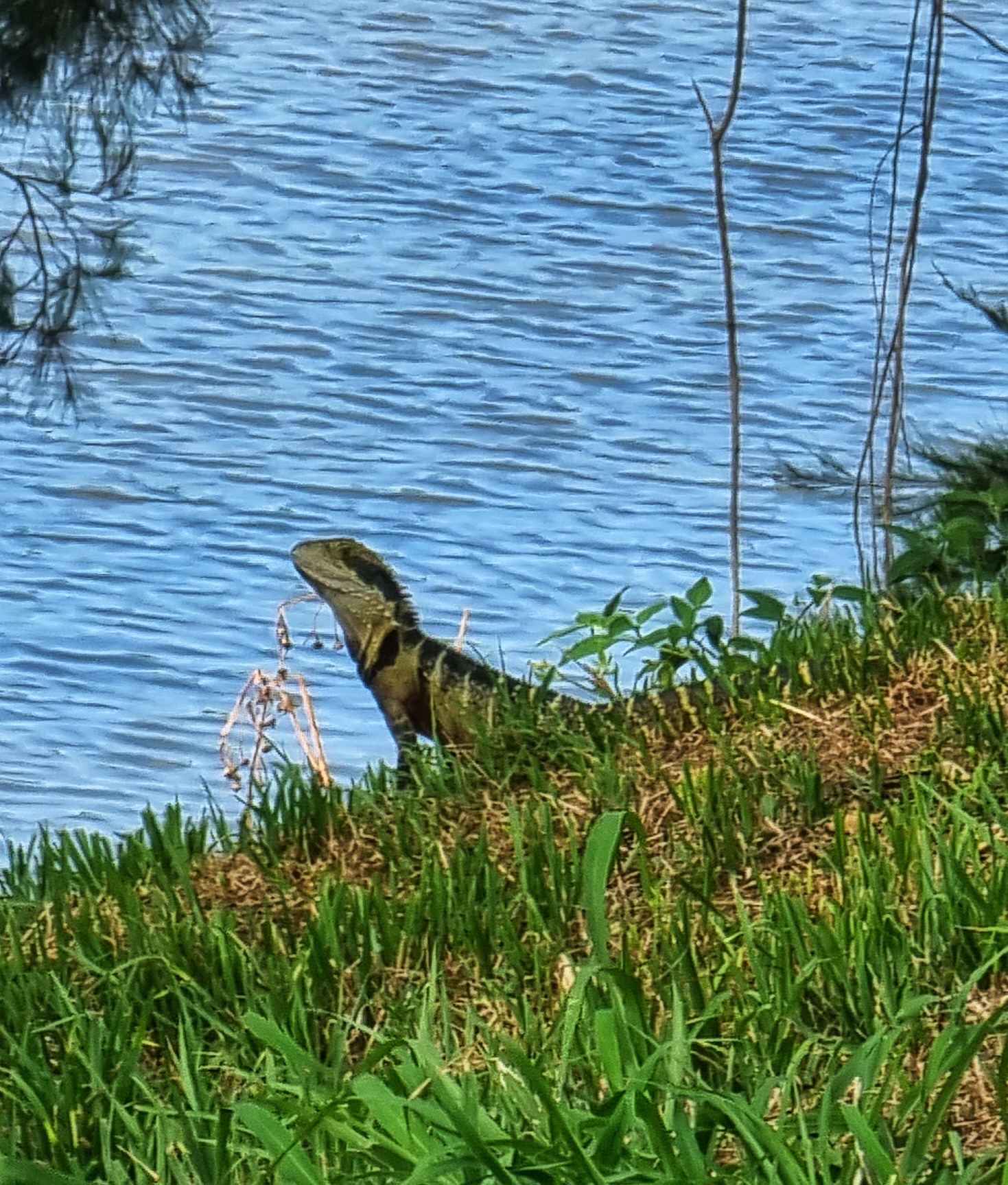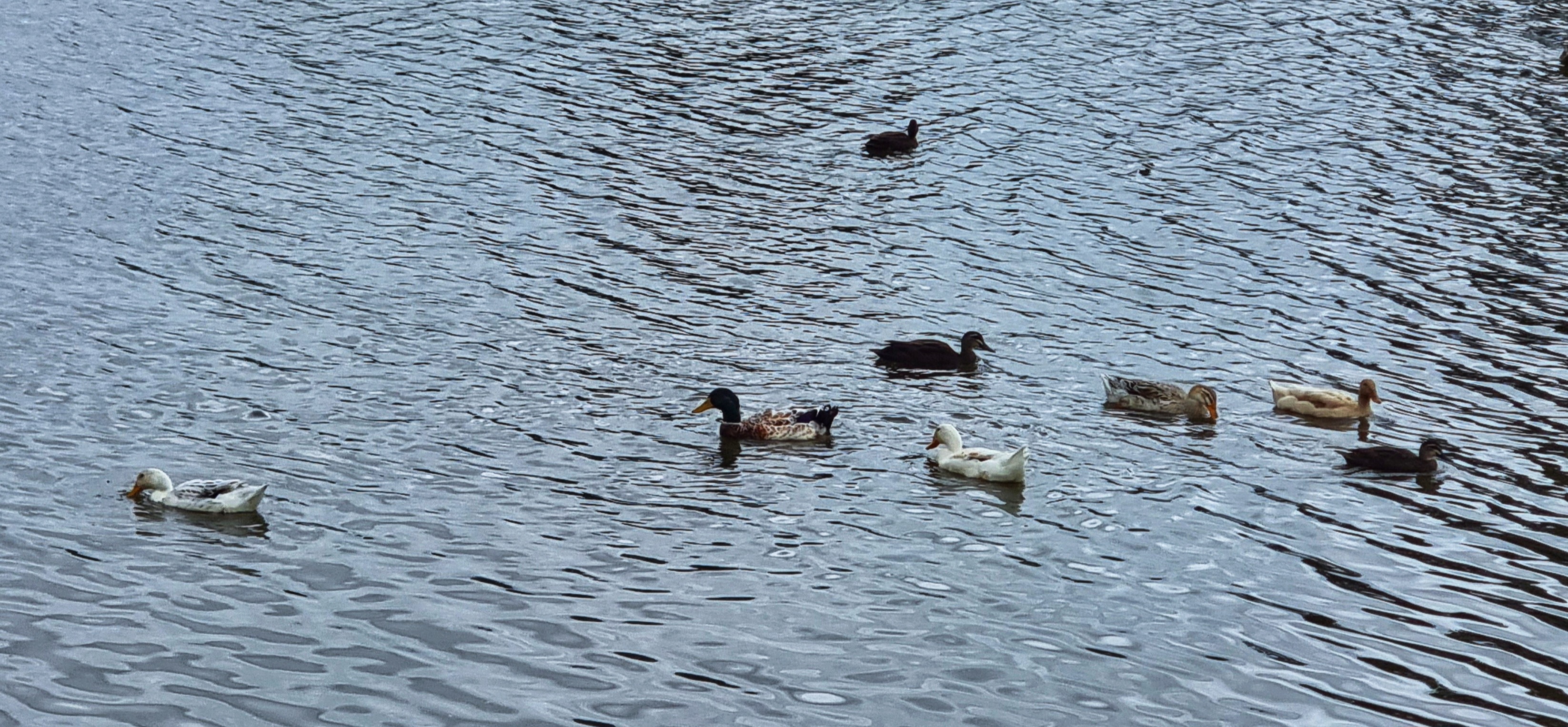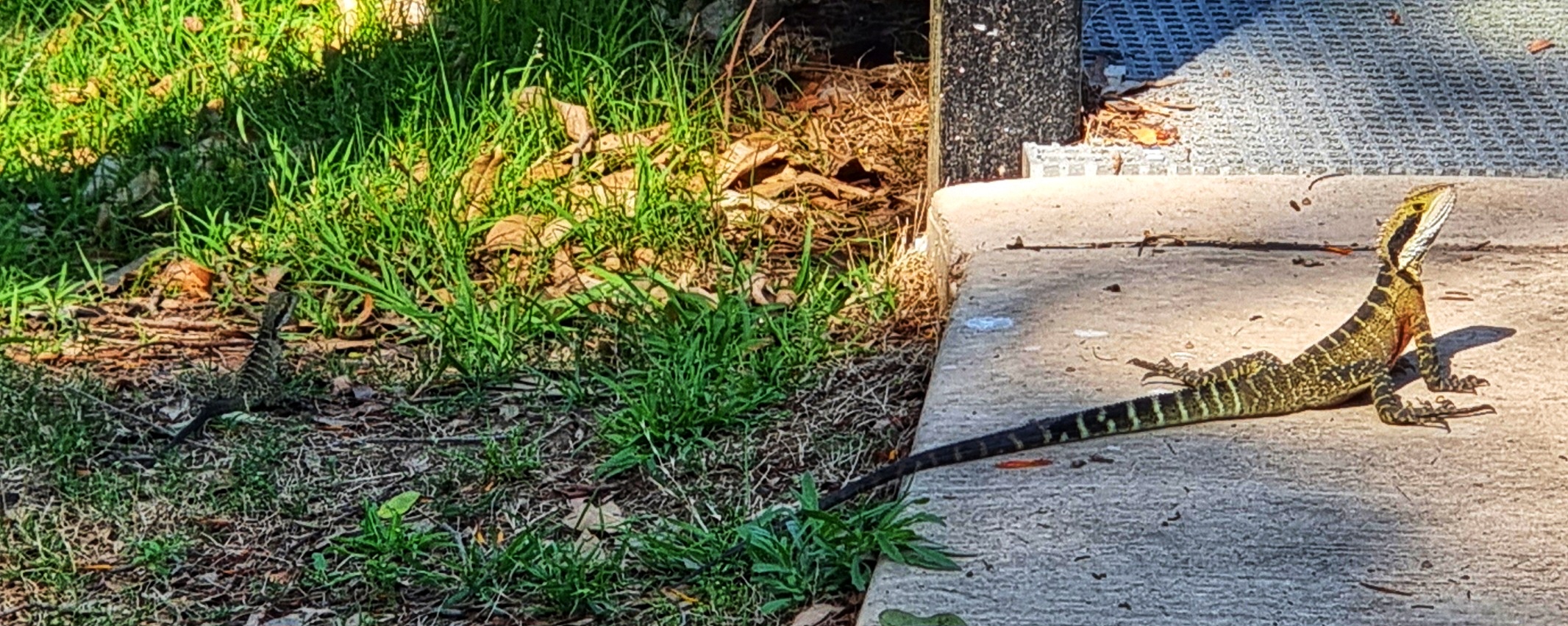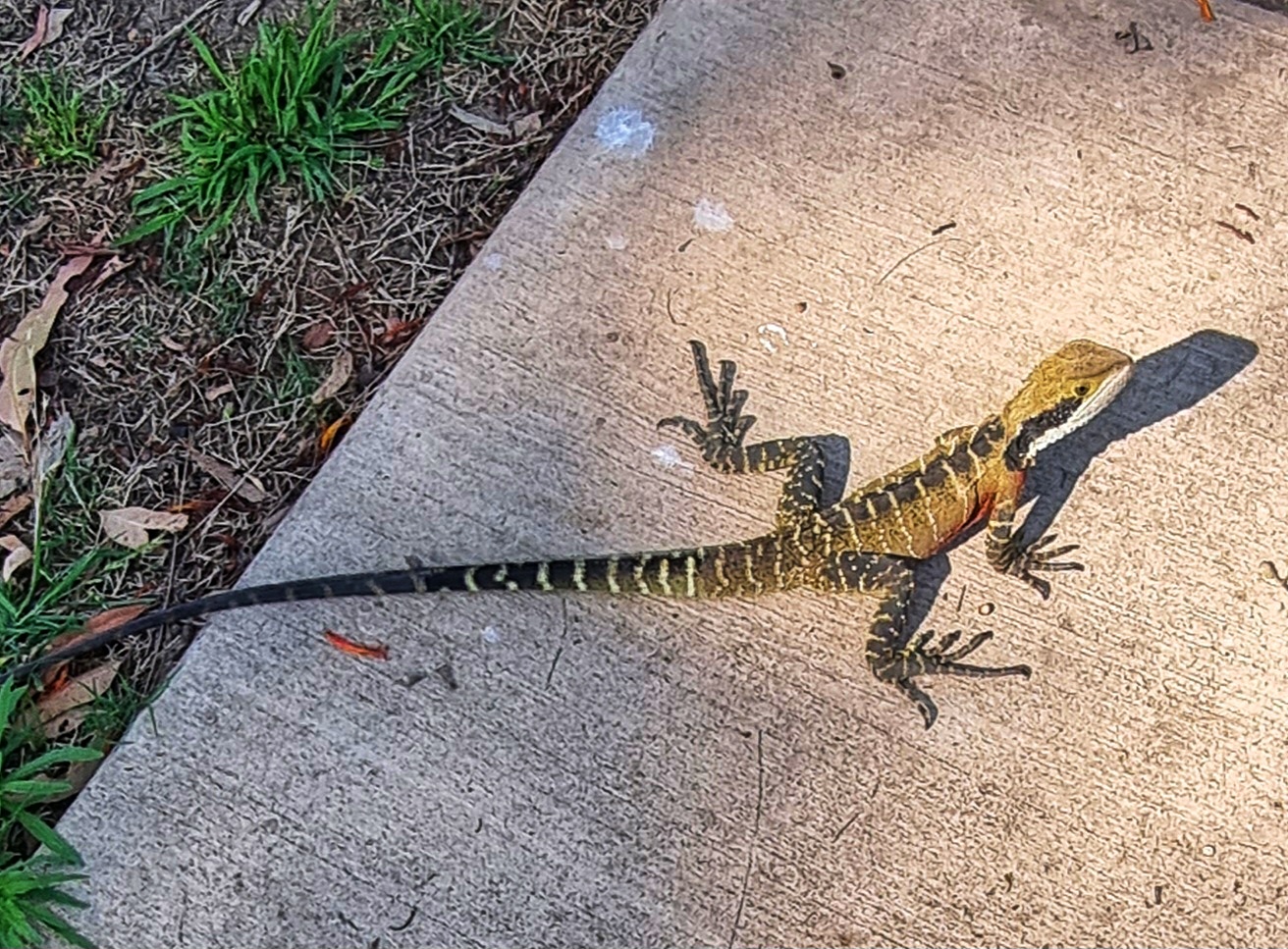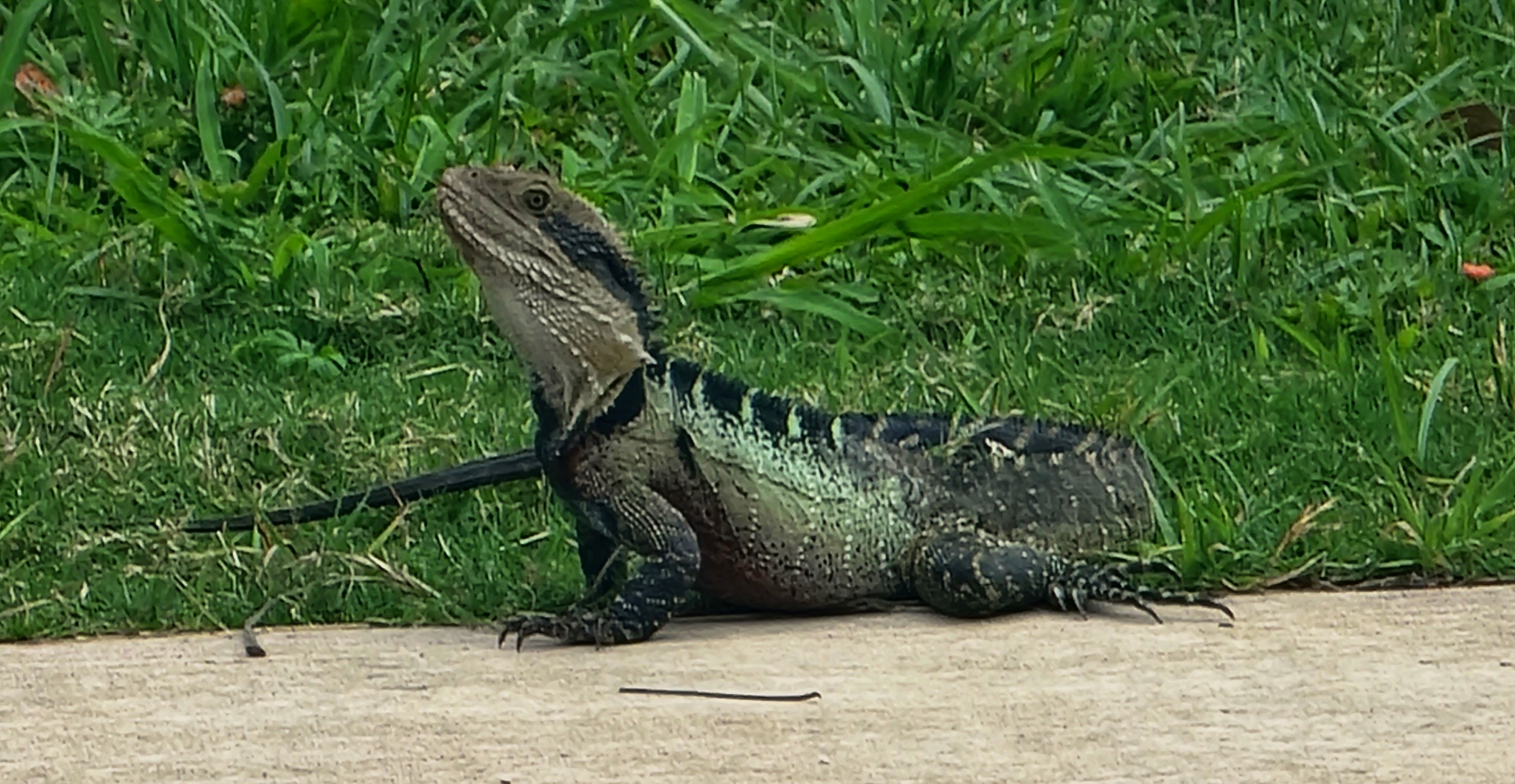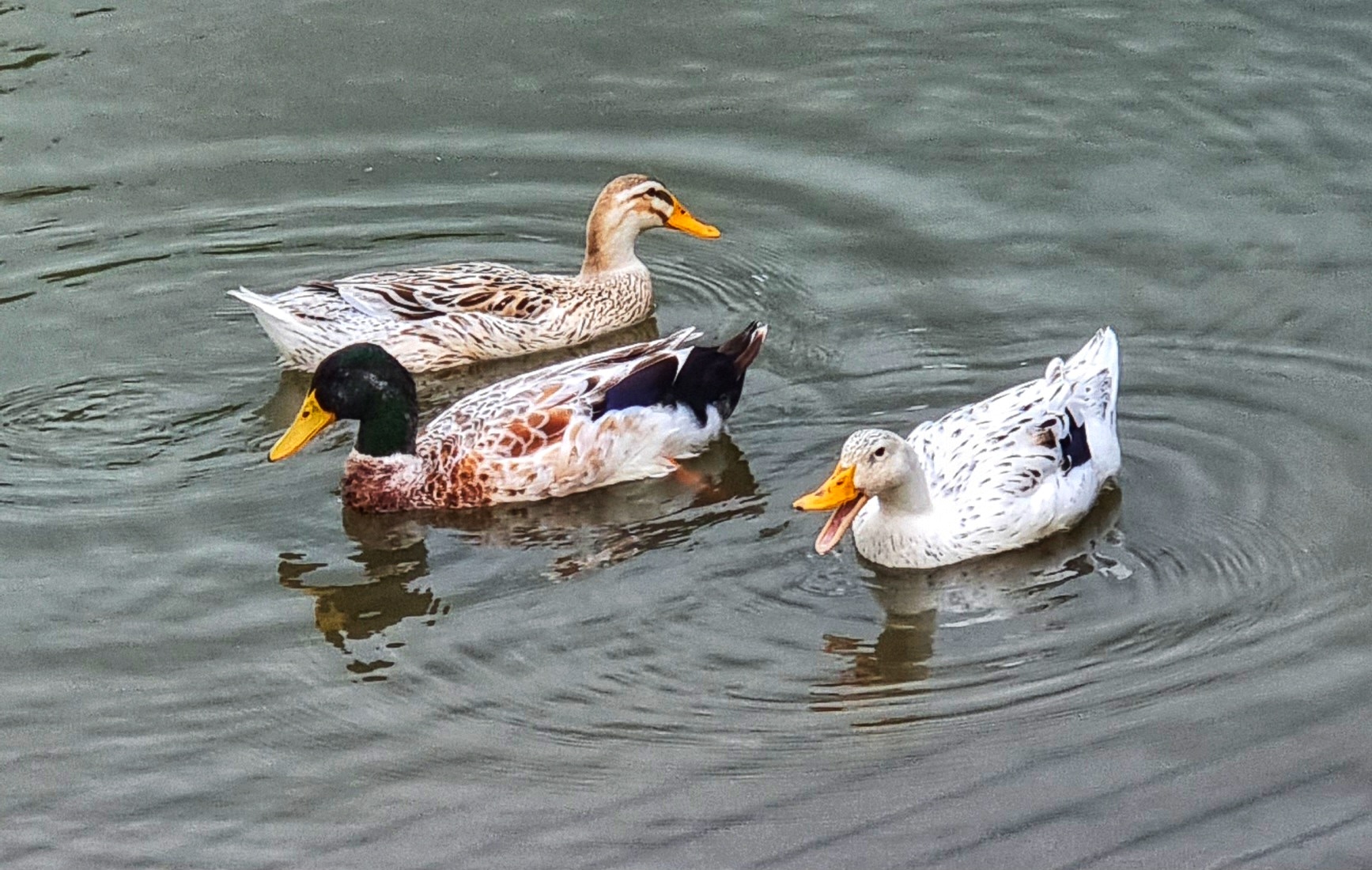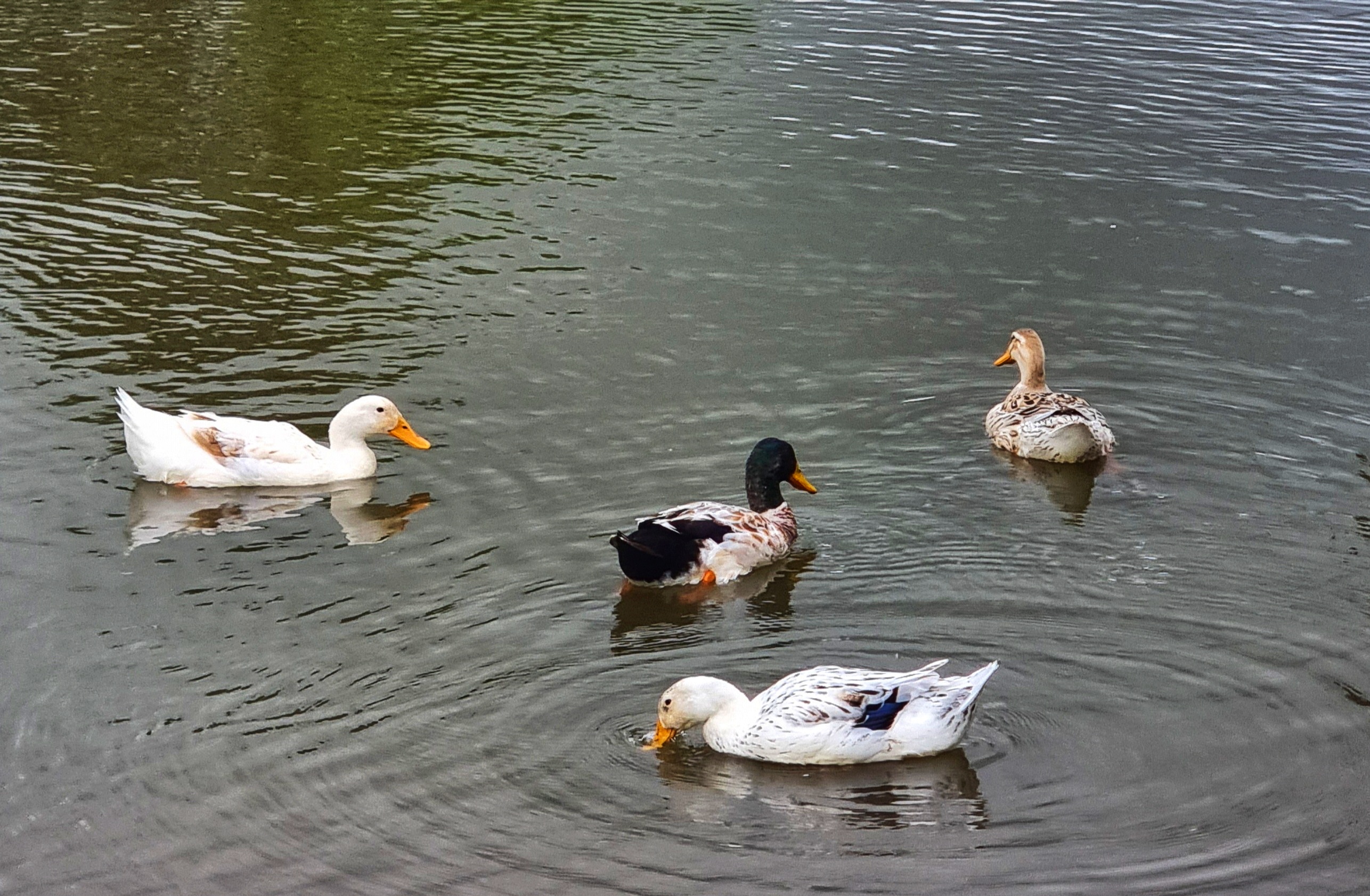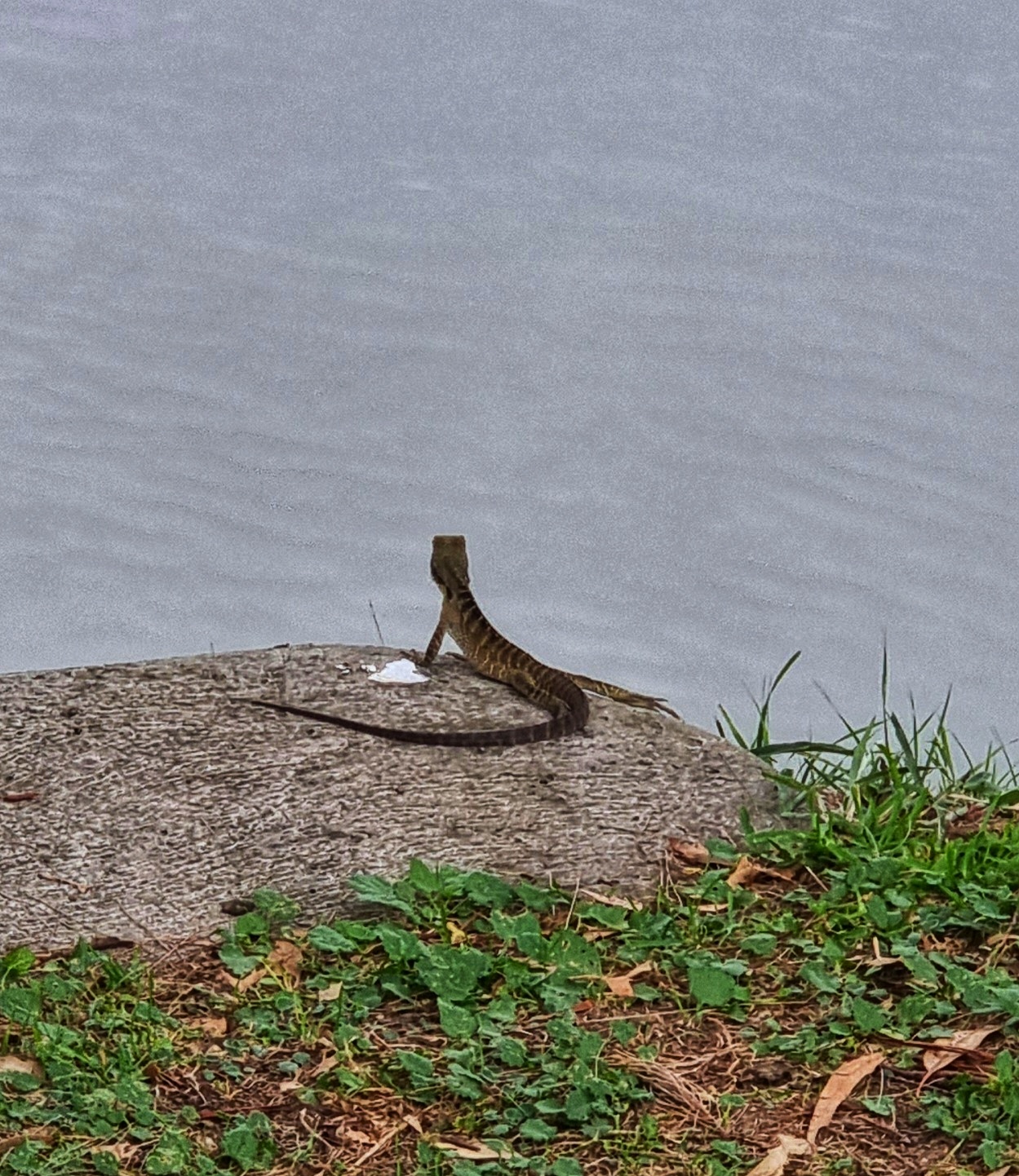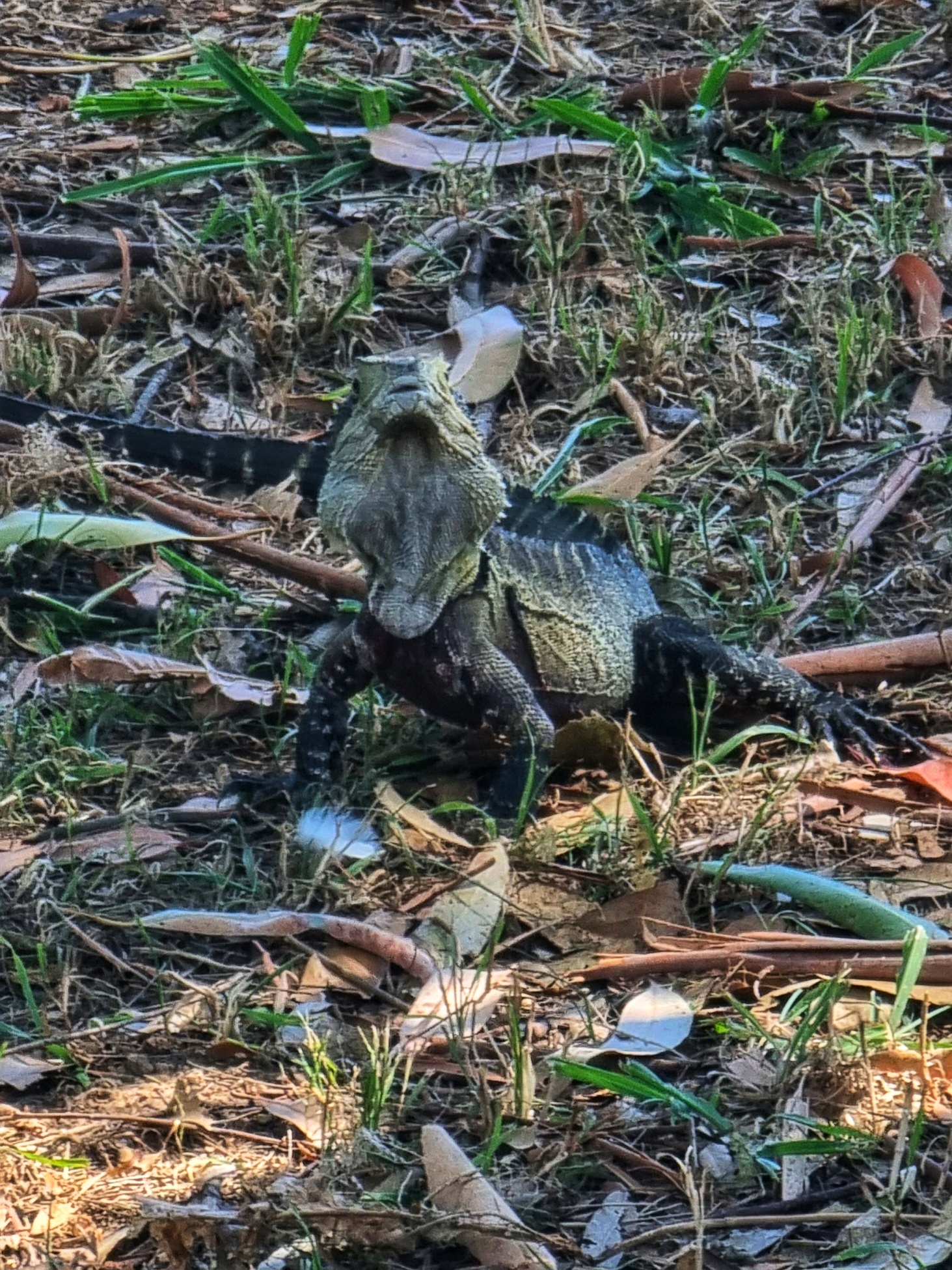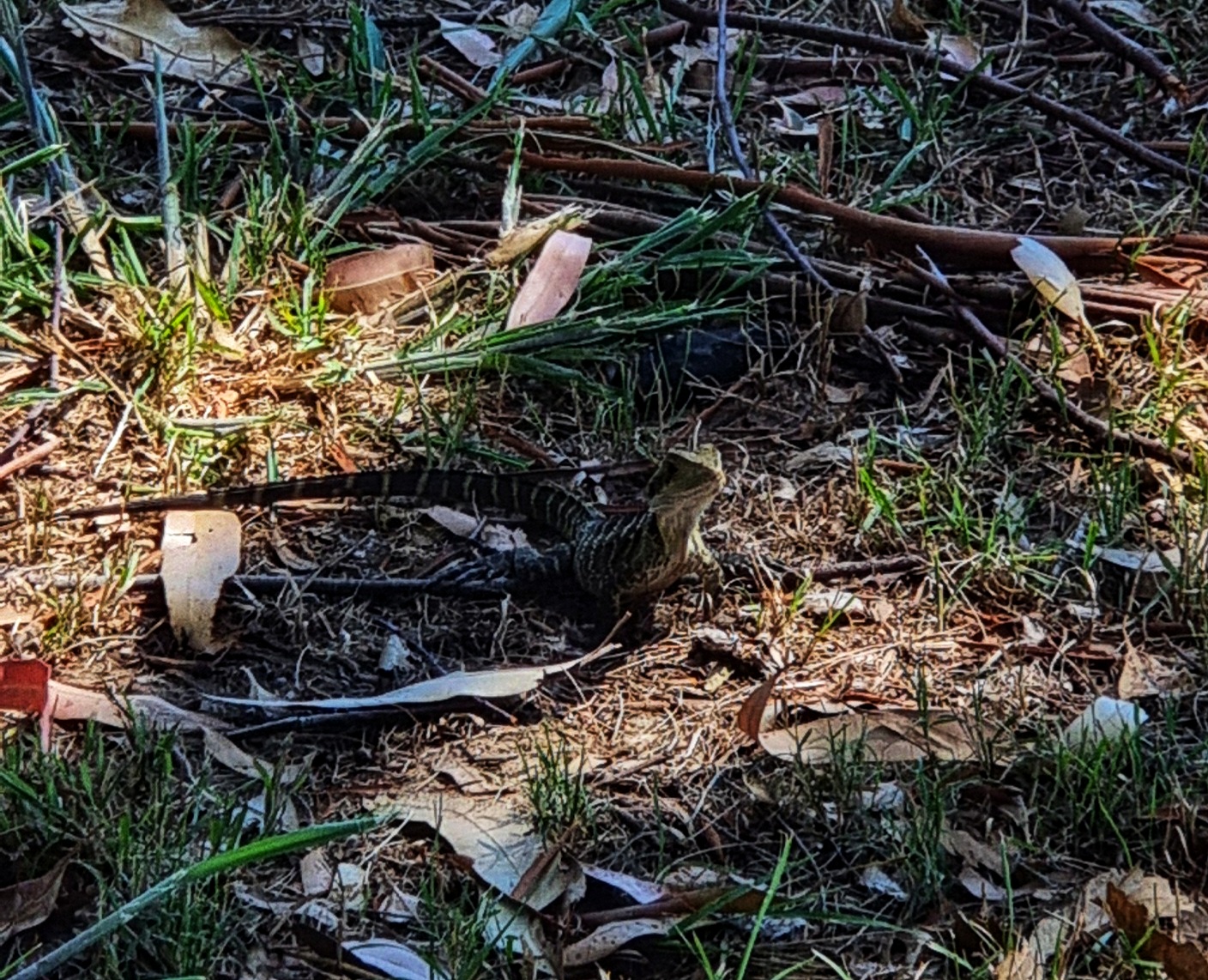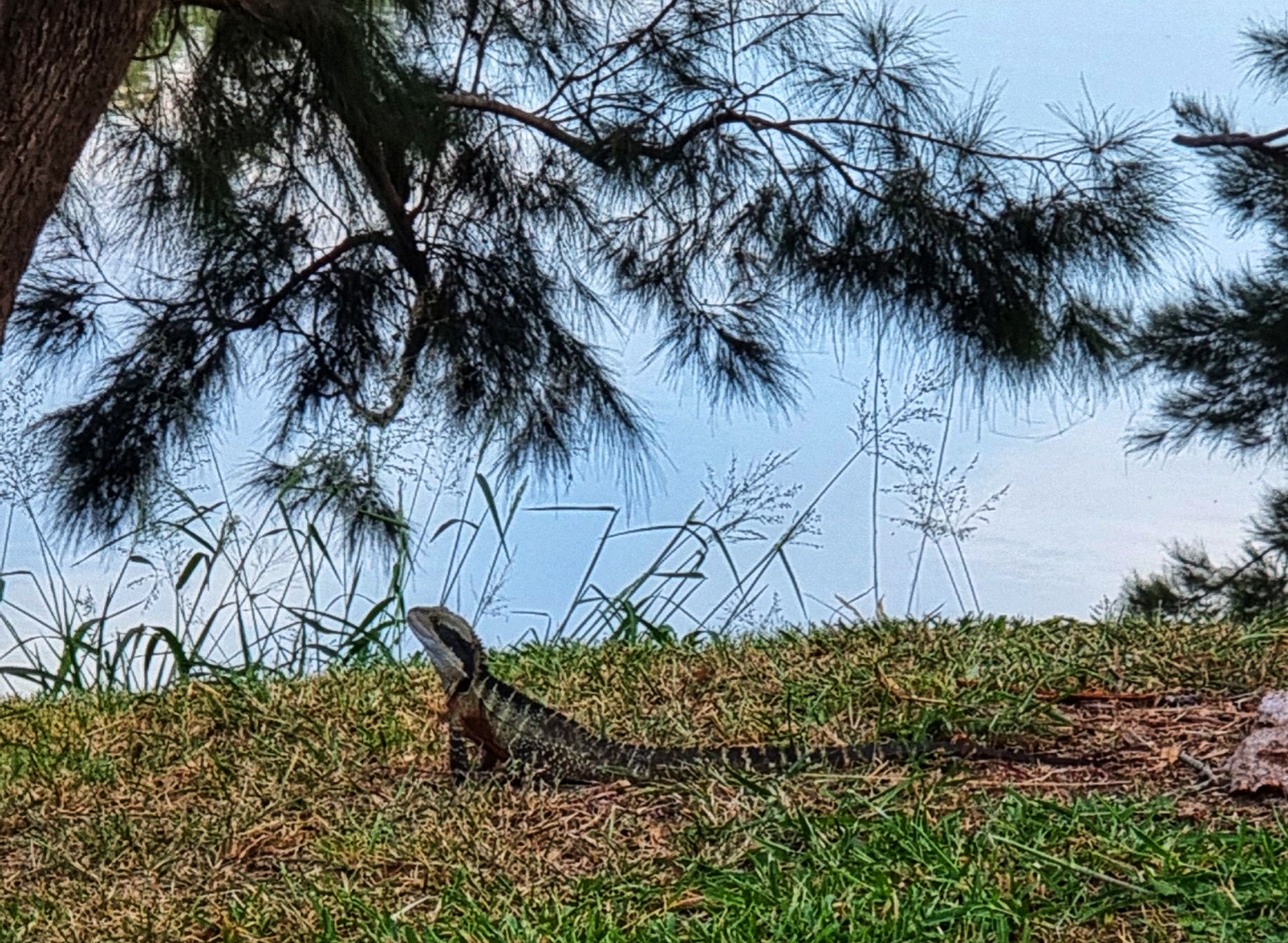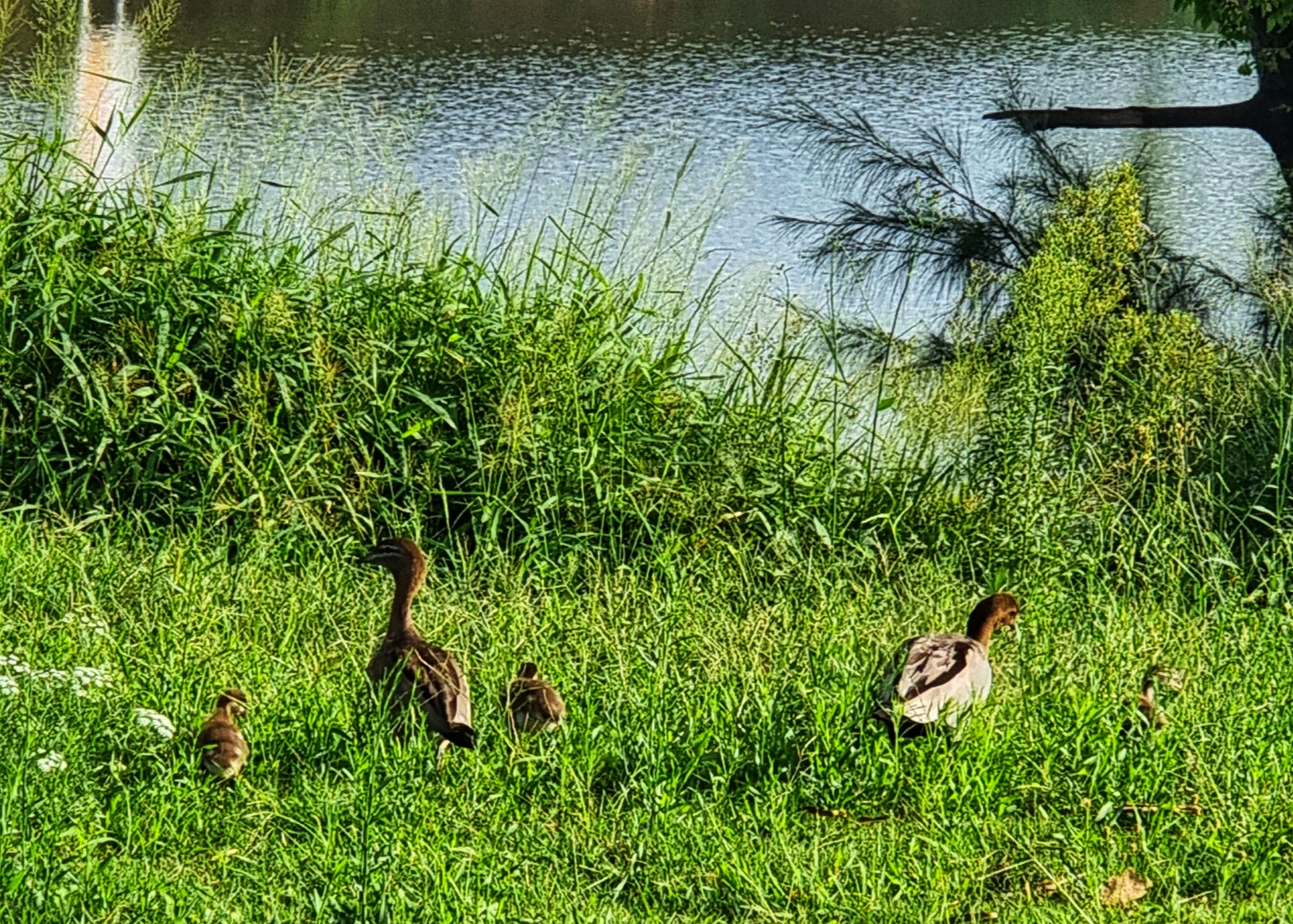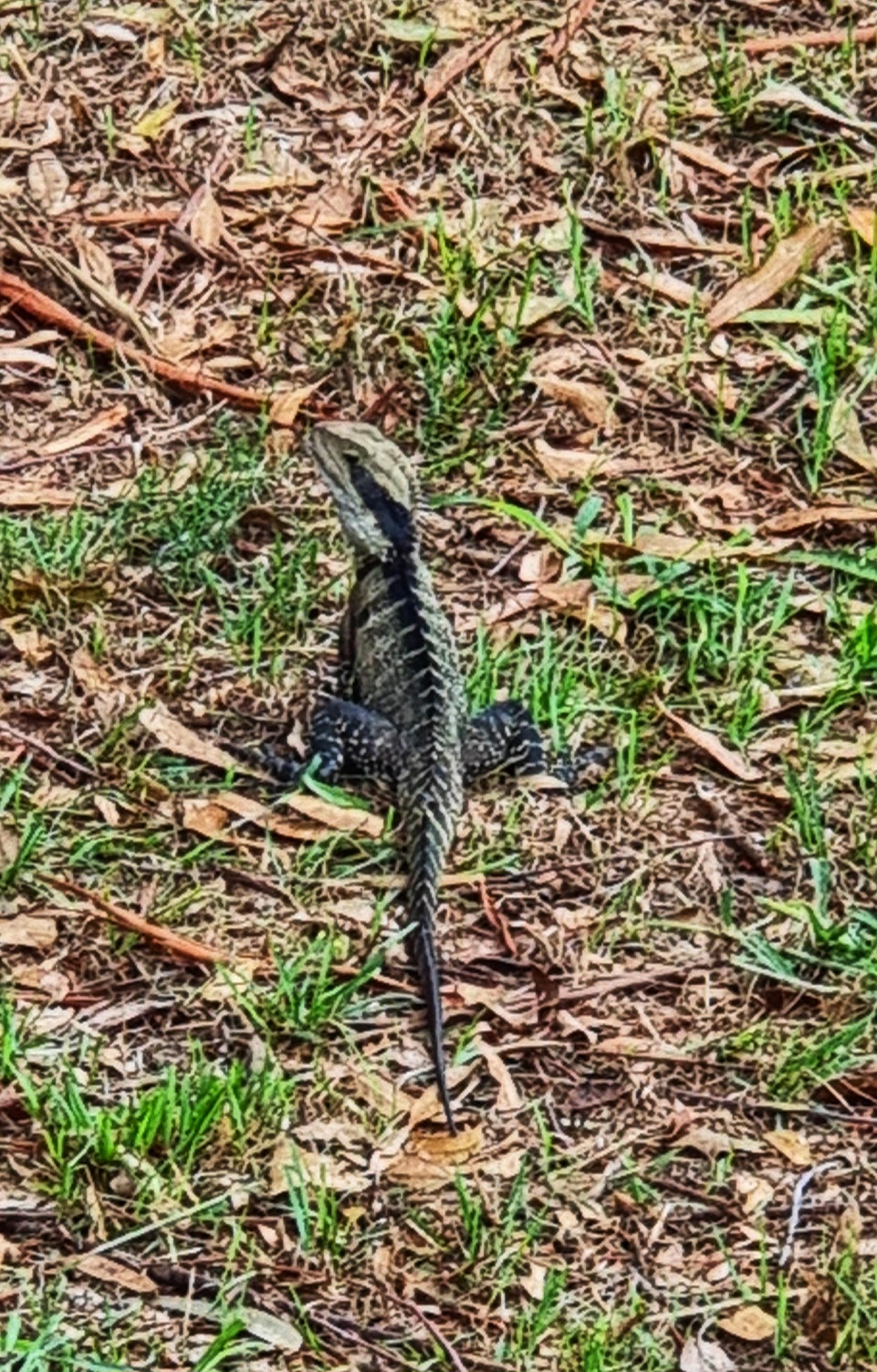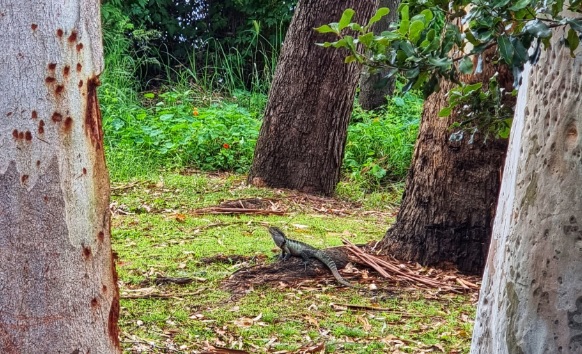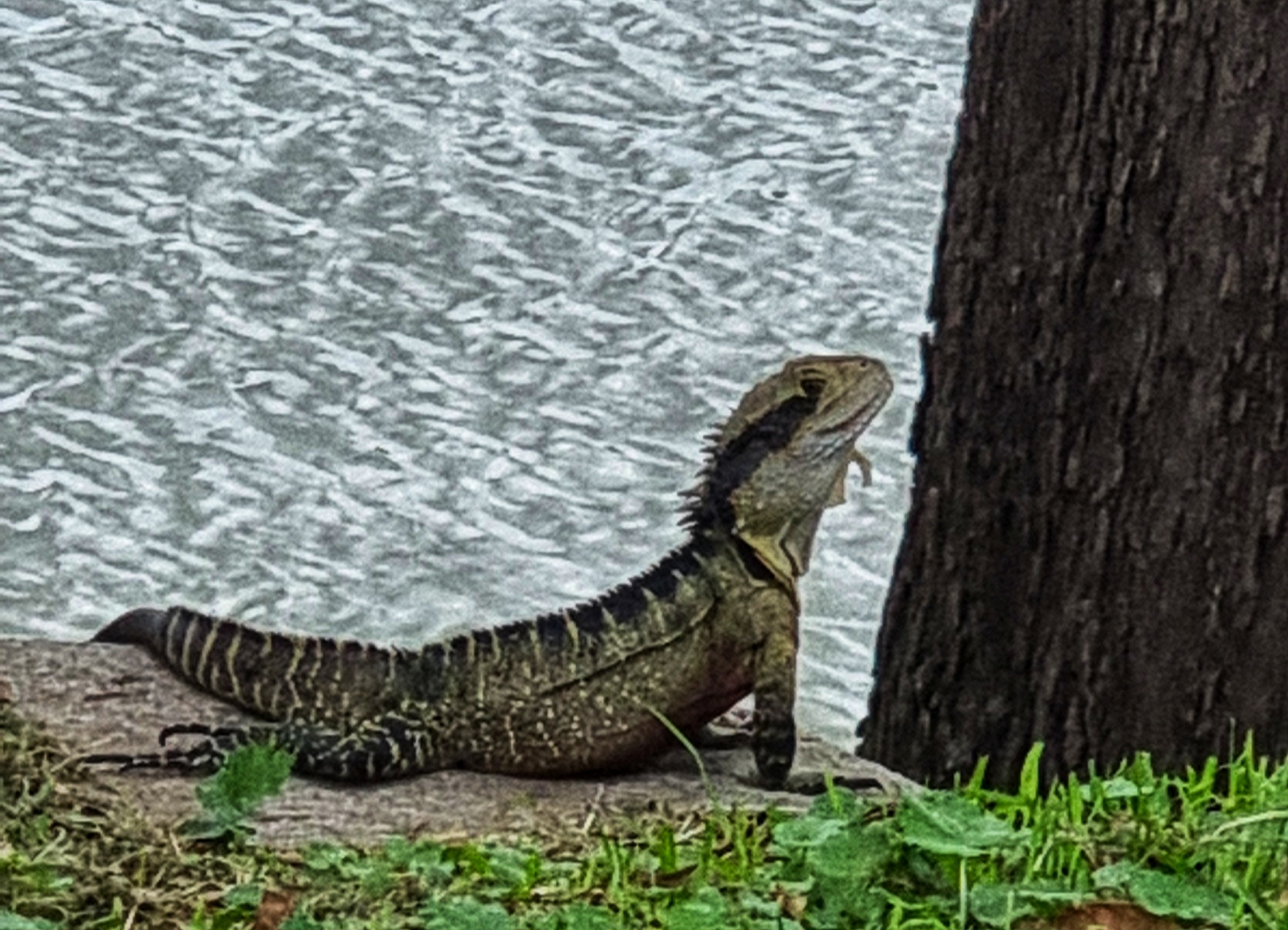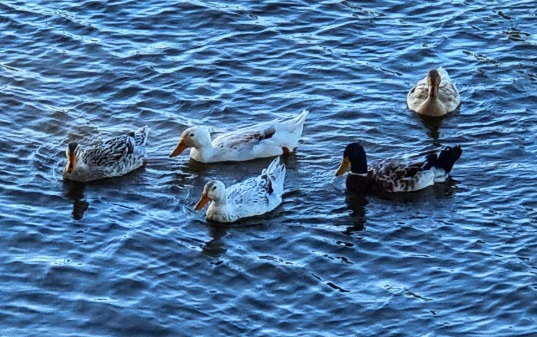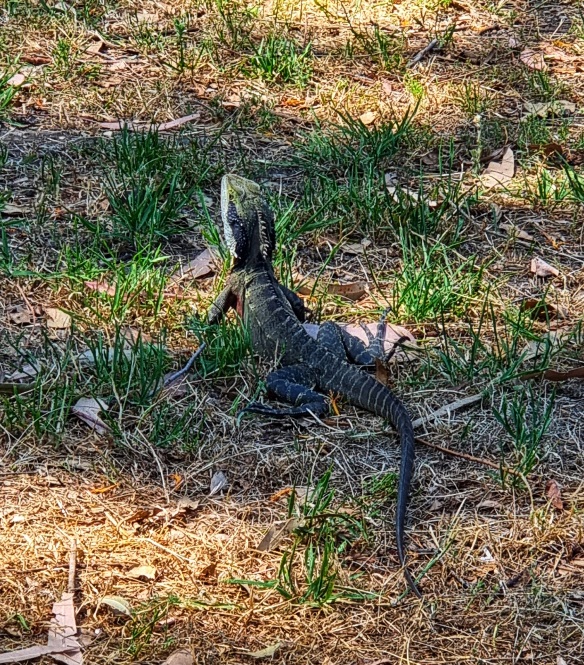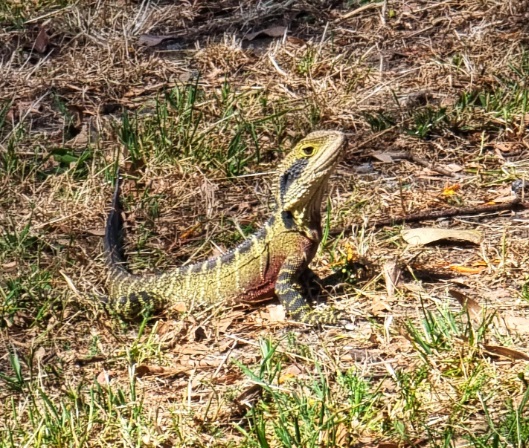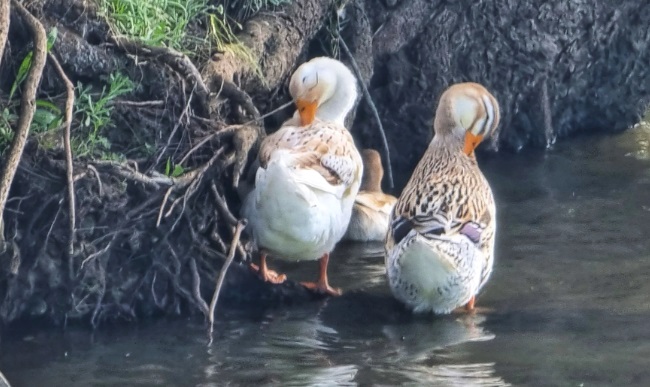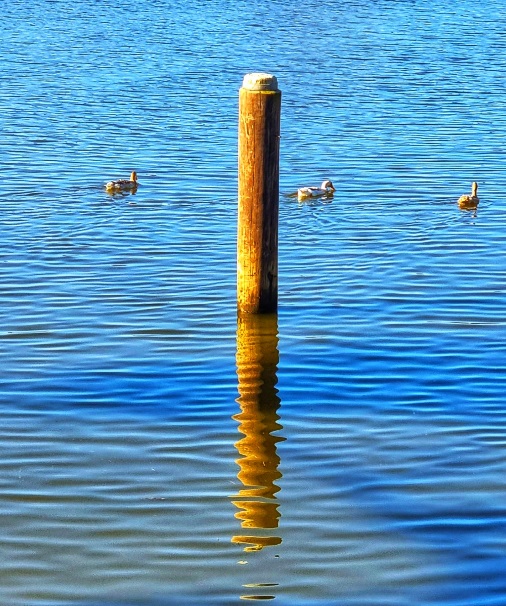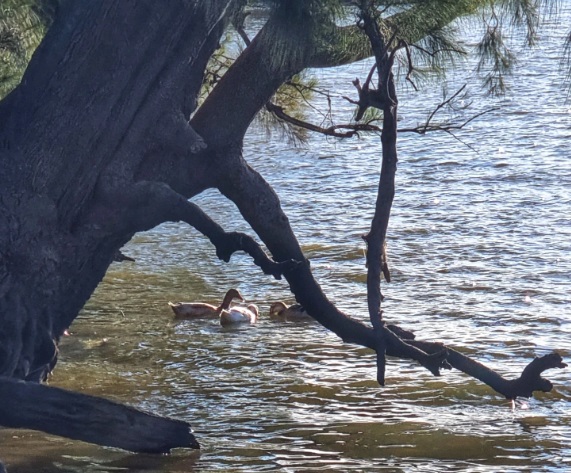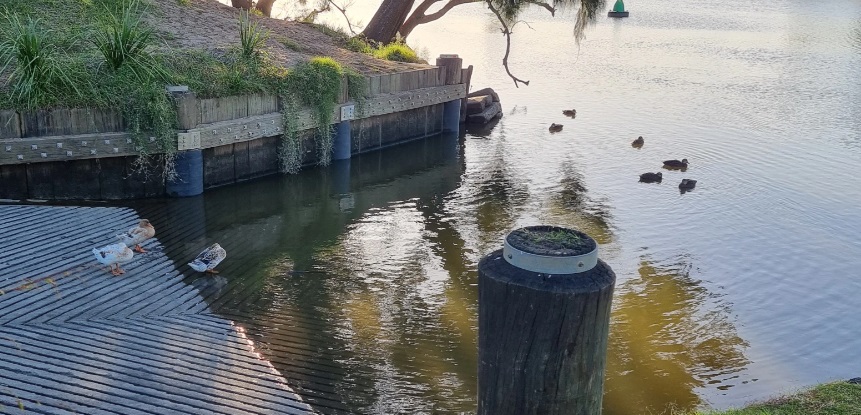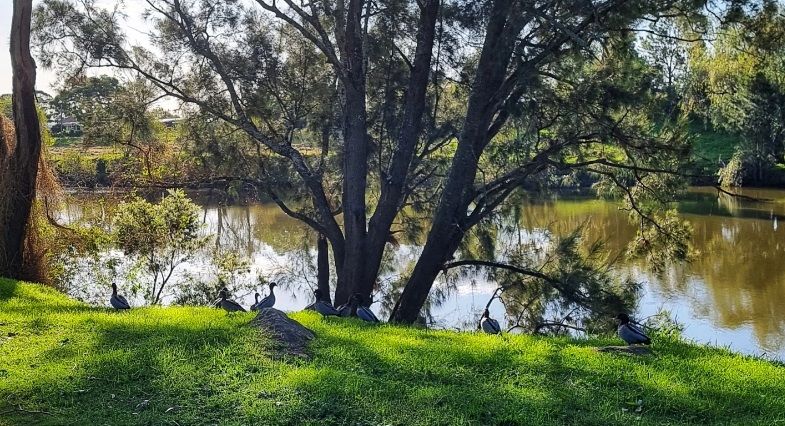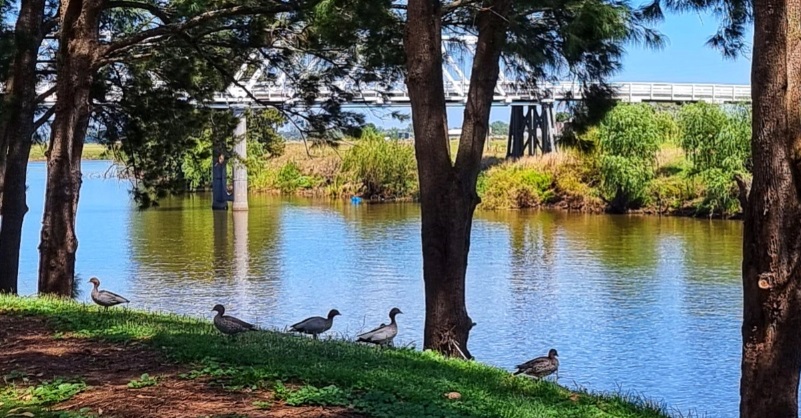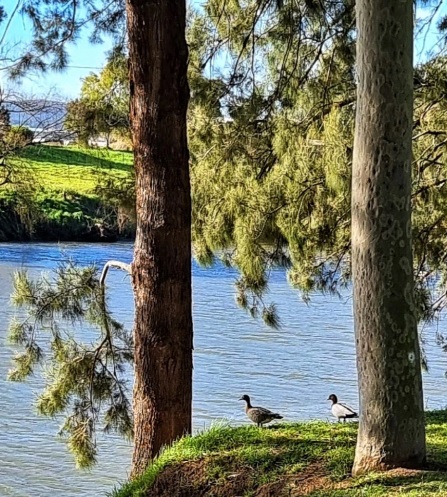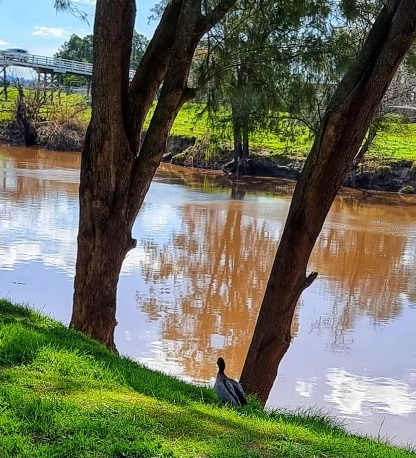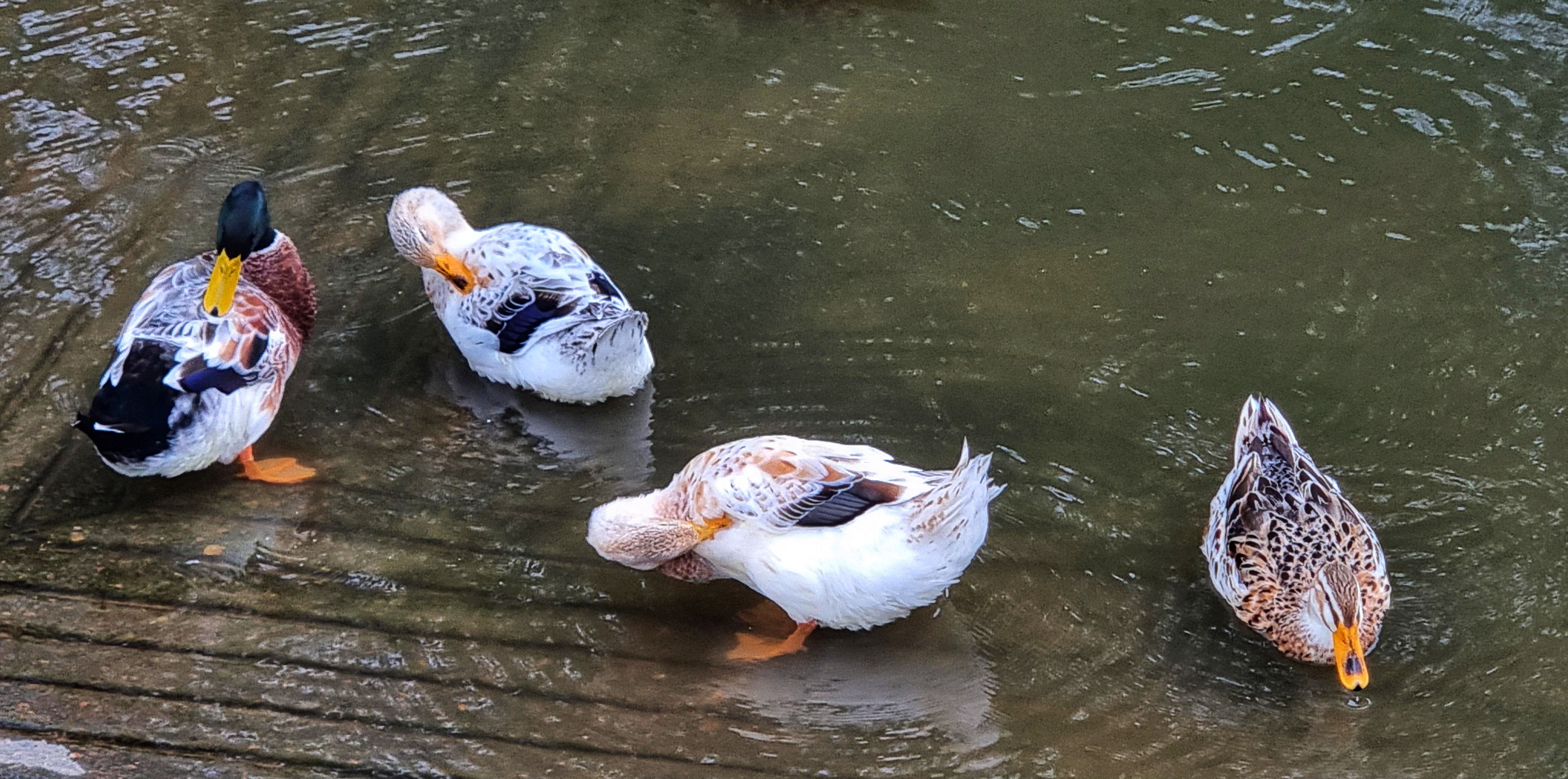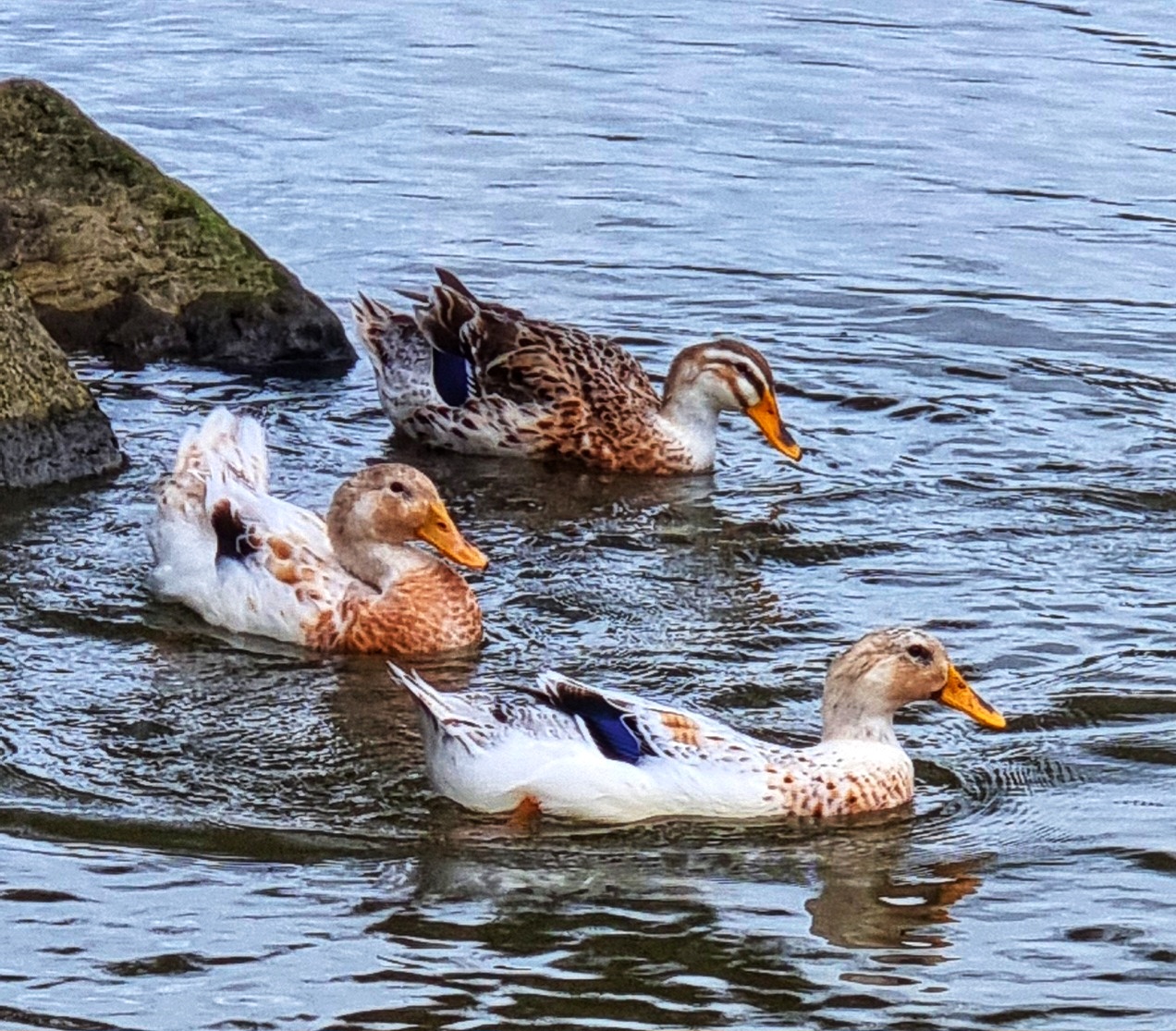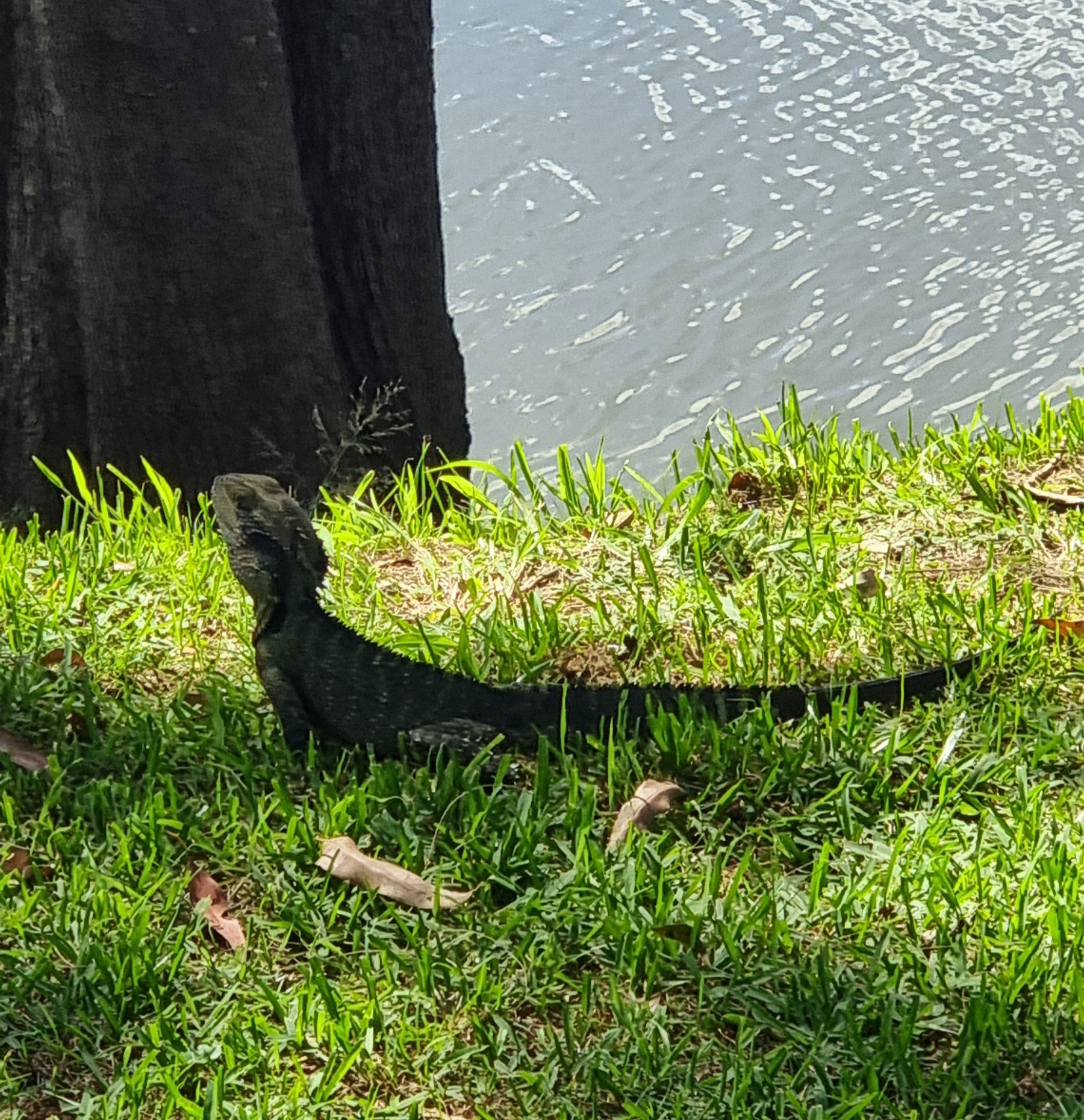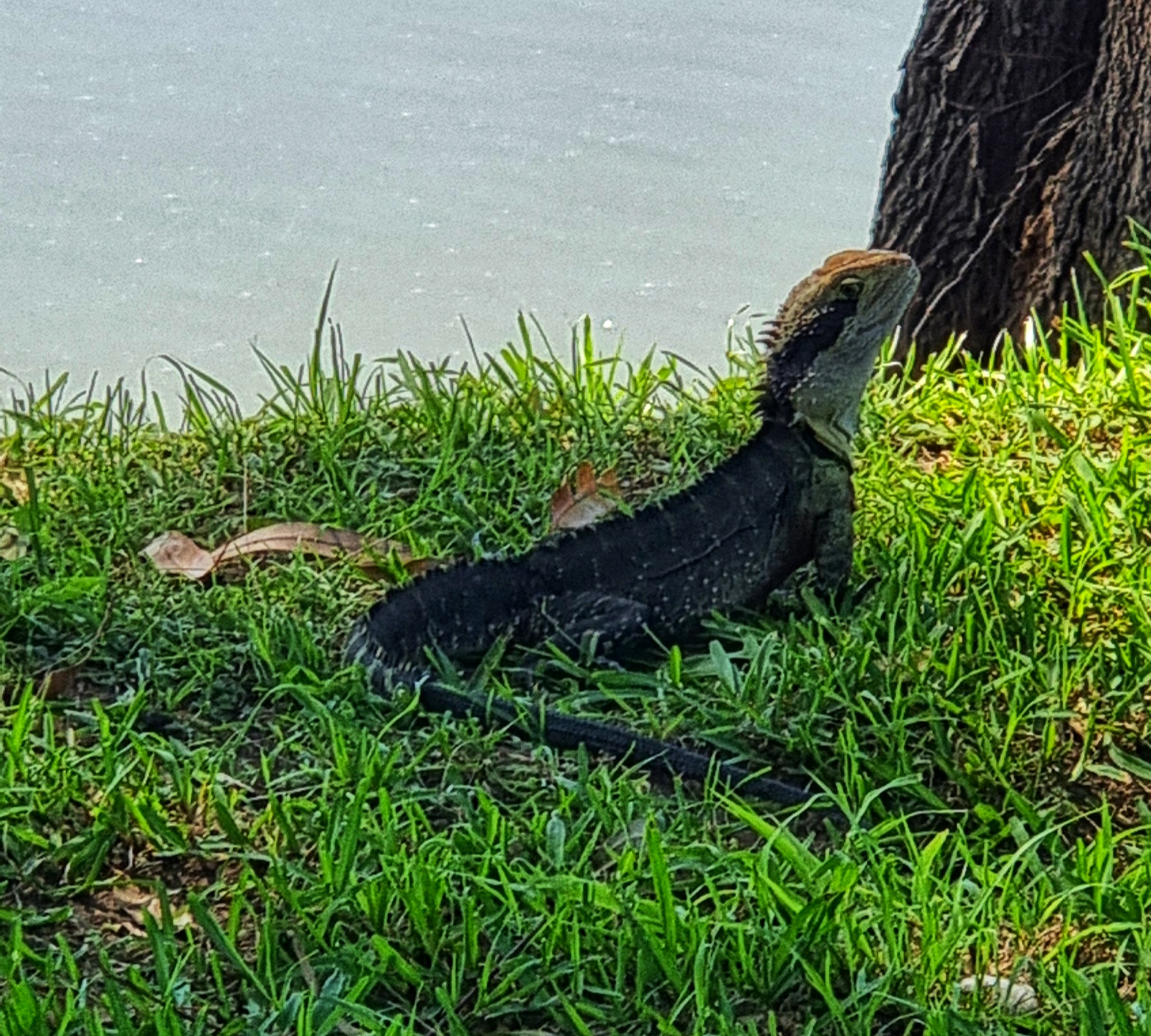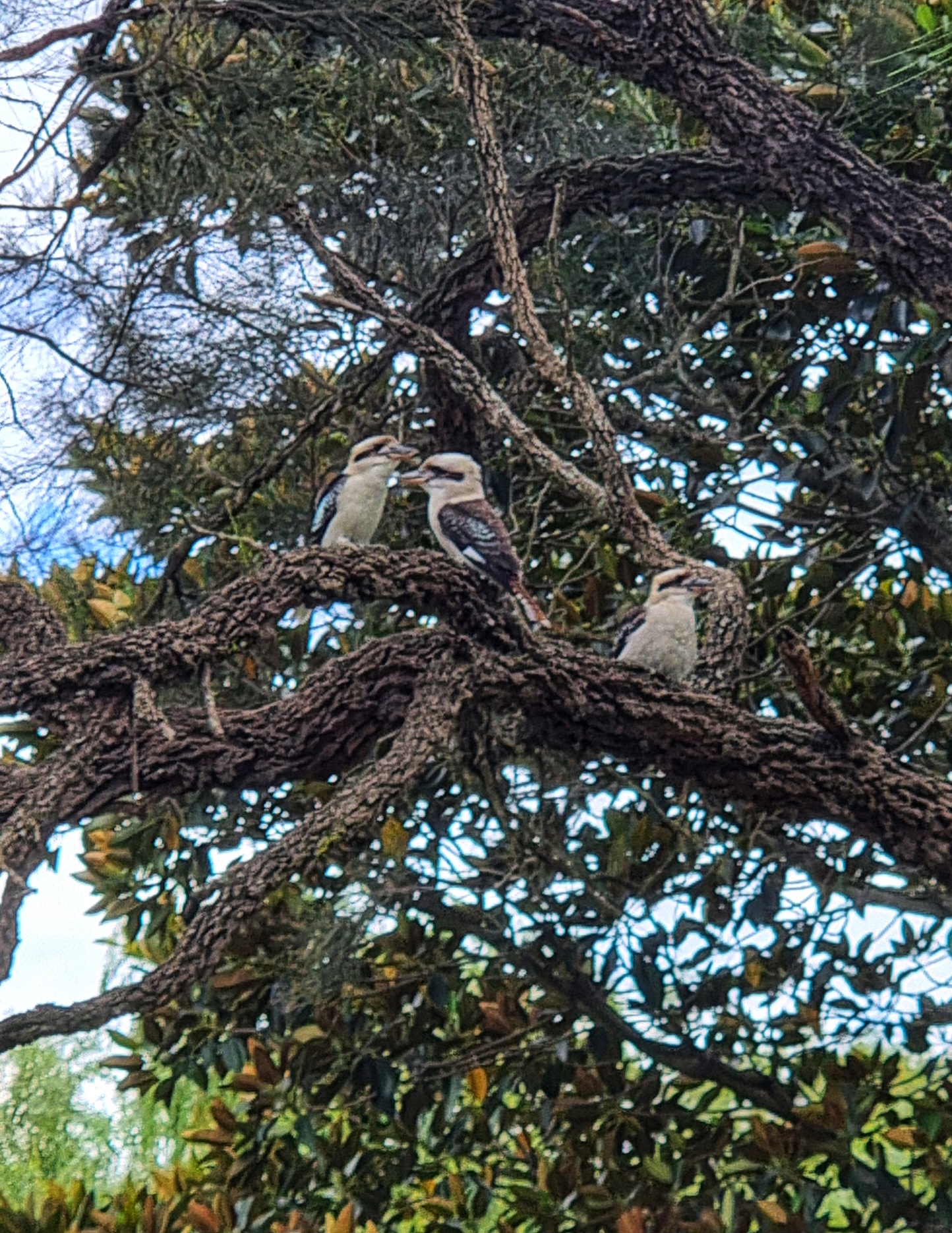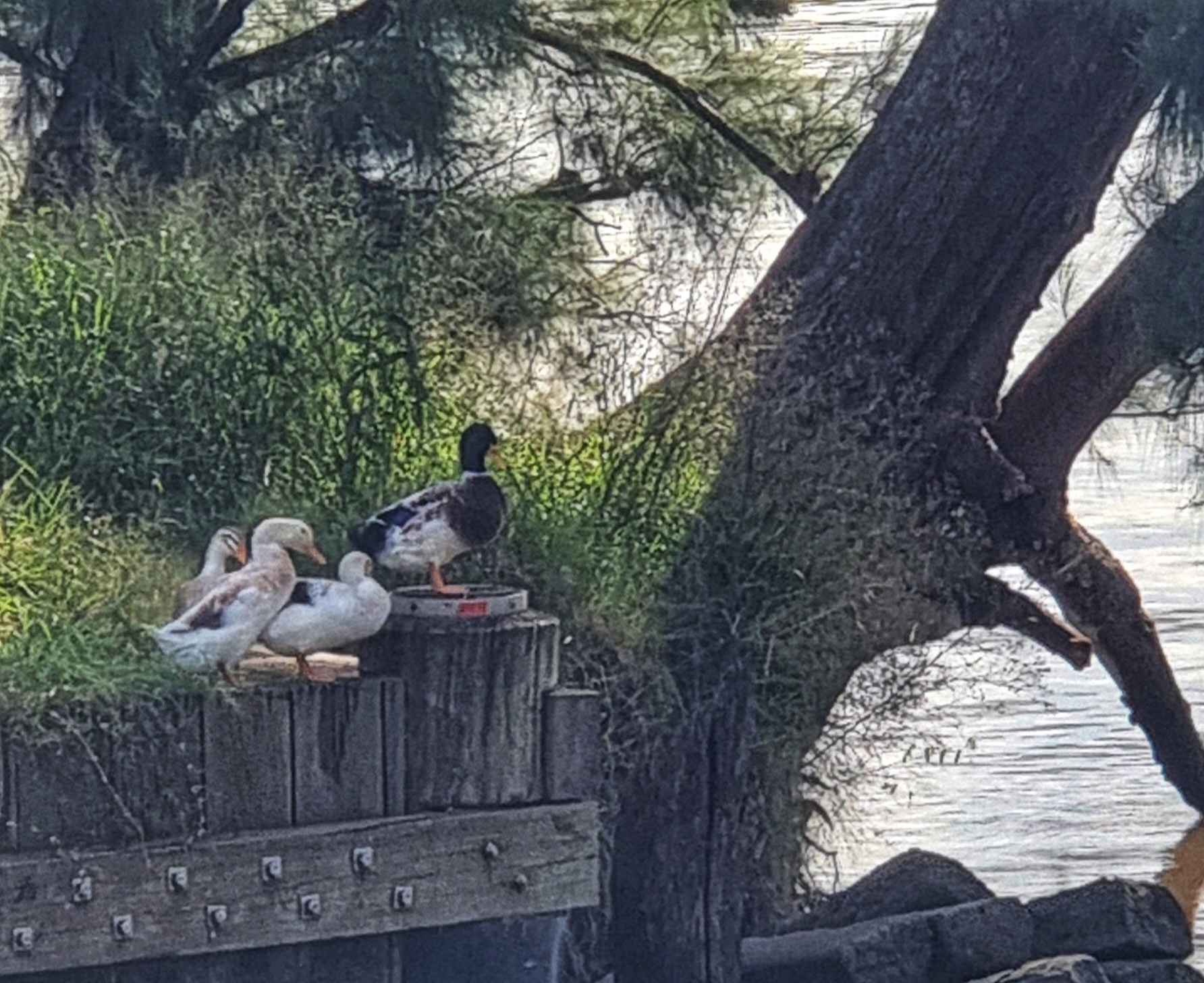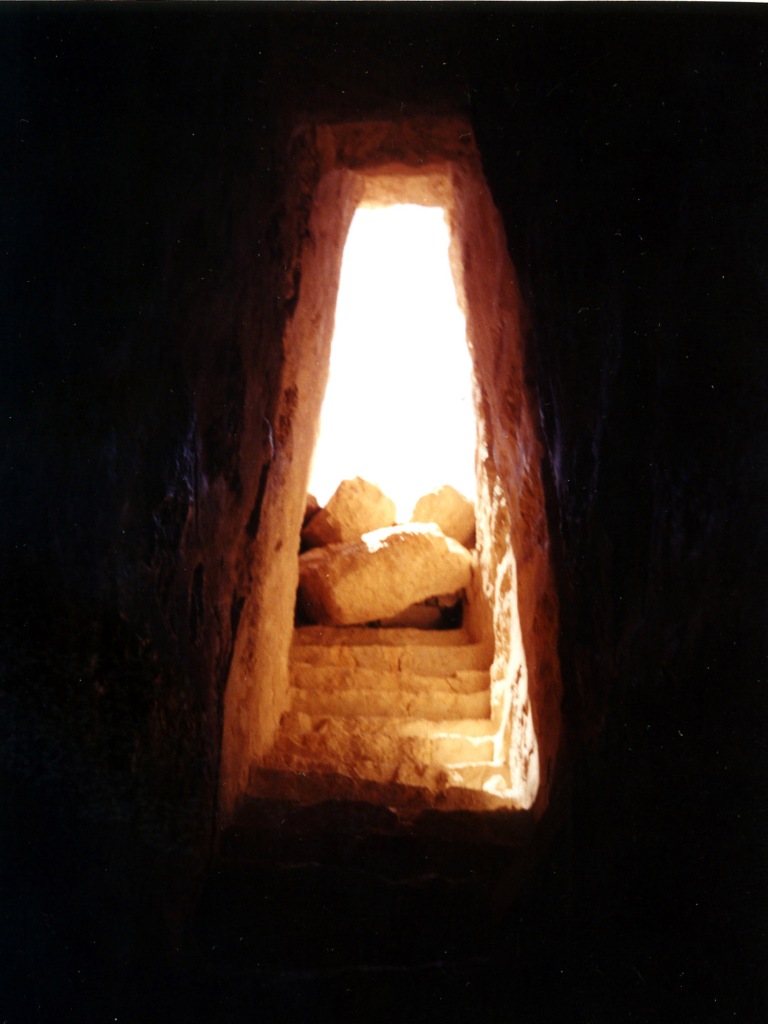“When you walk across the fields with your mind pure and holy, then from all the stones, and all growing things, and all animals, the sparks of their soul come out and cling to you, and then they are purified and become a holy fire in you.”
Hasidic Saying
I walk daily along a country road that runs parallel to a river after a bend.
So every photo here is taken as I walk along my country road- except the pictures of Buddha, Jesus and Rumi 🙂

While walking I try to be aware of myself by focussing on sensations of my feet touching the ground, the flies landing on my skin, the breeze touching my face and bare arms while attending to my breath. I often say hello to the cows and bulls if they’re nearby. I even try my version of cow talk by bellowing out loudly MMMOOOO!! They just look at me, don’t reply and often just run away.

It’s my attempt of walking meditation – an extension of Buddha’s suggestion:

“When walking, the practitioner is aware, ‘I am walking’; when standing, is aware, ‘I am standing’; when sitting, is aware, ‘I am sitting’; when lying down, is aware, ‘I am lying down.’ In whatever position one’s body happens to be, one is aware of the position of the body. When one is going forward or backward, one applies one’s full awareness to one’s going forward or backward. When one looks in front or looks behind, bends down or stands up, one also applies full awareness to what one is doing. One applies full awareness to wearing the robe or carrying the alms bowl. When one eats or drinks, chews or savors the food, one applies full awareness to all this. When passing excrement or urinating, one applies full awareness to this. When one walks, stands, lies down, sleeps or wakes up, speaks or is silent, one shines his awareness on all this.” So said the Buddha.

While walking I’m also aware of the chattering monkey mind climbing and swinging on mental vines in my skull. To calm the monkey and to see the chattering thoughts as clouds passing by I recite a mantra. This mantra is the Trisagion chant I learnt in the Orthodox Church as a child. It is an ancient Christian prayer believed to be an expansion of the angelic cry recorded in Revelation 4:8 :
The four living creatures, each having six wings, were full of eyes around and within. And they do not rest day or night, saying:
“Holy, holy, holy, holy, holy, holy, holy, holy, holy Lord God Almighty,
Who was and is and is to come!”
 Below is the chant in Greek and the translation in English.
Below is the chant in Greek and the translation in English.
Ἅγιος ὁ Θεός, Ἅγιος ἰσχυρός, Ἅγιος ἀθάνατος, ἐλέησον ἡμᾶς.
Agios o Theos, Agios ischyros, Agios athanatos, eleison imas.
Holy God, Holy Mighty, Holy Immortal, have mercy on us.
I inwardly chant this in Greek while watching my breath.

The words of the Trisagion are enhanced by the beautiful tune of the chant. You can hear a version of this chant here http://www.youtube.com/watch?v=kbVBC1zQll4

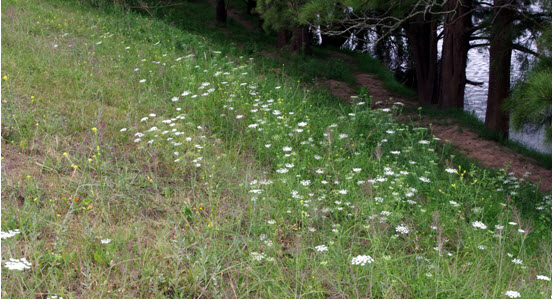
I also love the quote below from Rumi, the great Islamic scholar and mystic, founder of the Whirling Dervishes:
 “I searched for God among the Christians and on the Cross and therein I found Him not.
“I searched for God among the Christians and on the Cross and therein I found Him not.
I went into the ancient temples of idolatry; no trace of Him was there.
I entered the mountain cave of Hira and then went as far as Qandhar but God I found not.
With set purpose I fared to the summit of Mount Caucasus and found there only ‘anqa’s habitation.
Then I directed my search to the Kaaba, the resort of old and young; God was not there even.
Turning to philosophy I inquired about him from ibn Sina but found Him not within his range.
I fared then to the scene of the Prophet’s experience of a great divine manifestation only a “two bow-lengths’ distance from him” but God was not there even in that exalted court.
Finally, I looked into my own heart and there I saw Him; He was nowhere else.”
If everything is in tune and there descends a silence within which may only last as long as a breath cycle or a few seconds then the words of this Hasidic saying come alive for a nano moment:
“When you walk across the fields with your mind pure and holy, then from all the stones, and all growing things, and all animals, the sparks of their soul come out and cling to you, and then they are purified and become a holy fire in you.”















At the end of the bamboo grove I always eat fruit in season – winter an orange or mandarine – home grown, and in summer stone fruit – peach, plum or apricot. I relish the taste, feeling the life force zing of fresh fruit as I look across the river to the mountains in the distance. At times a pelican may fly overhead or a hawk dive down to the field. Always there are ducks gliding over the river’s surface.
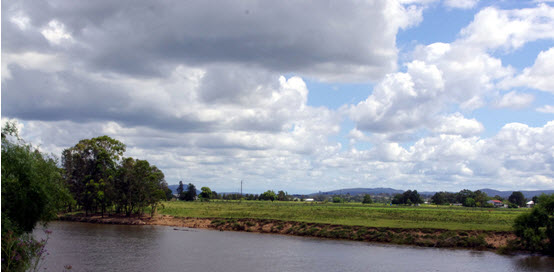
After eating the fruit, I take three deep breaths and now aloud, chant the Trisagion followed by the Lord’s Prayer said in the original Greek.

The only beings who hear me are the flowers and trees nearby, birds nesting, insects buzzing around, lizards near my feet scurrying away and the river and breeze. I ponder on the meaning of this prayer amongst the “lilies of the field”. I wonder why the word translated as “daily”, the Greek word “epiousion” is a huge mystery because the only time it is used in Greek is in this prayer and no one knows what it means! Here we have a set of words memorised by millions and millions with a hidden mystery word – “epiousion”. I like to think that the “bread” the prayer is referring to is the “sparks of the soul of things”.







I keep walking trying to be present, trying to be in the moment all the way back home. Once at home I try to re-member the tiny moments of awareness that sparked across my synapses and along the river’s edge.






















 Posted by stavr0s
Posted by stavr0s 














